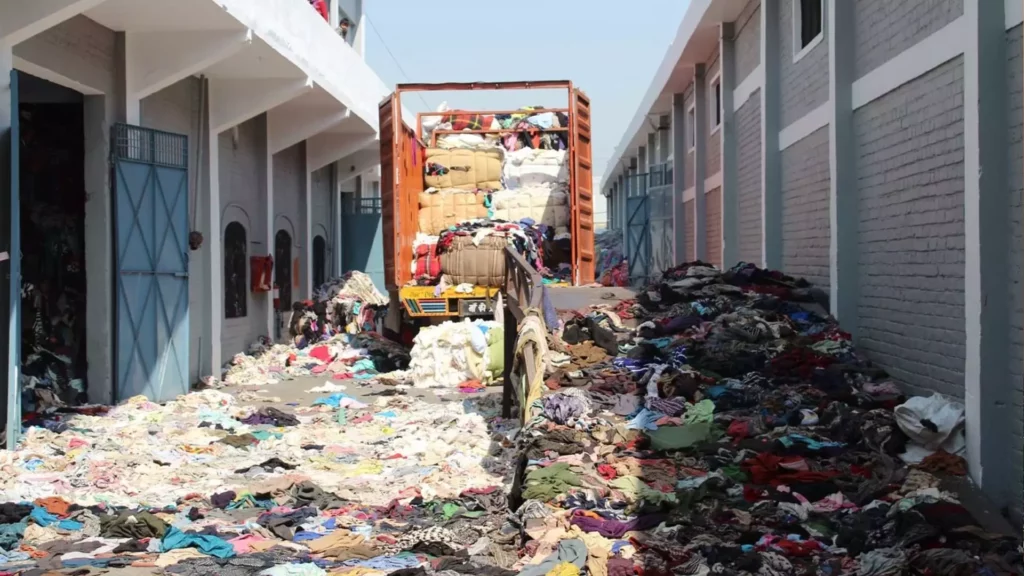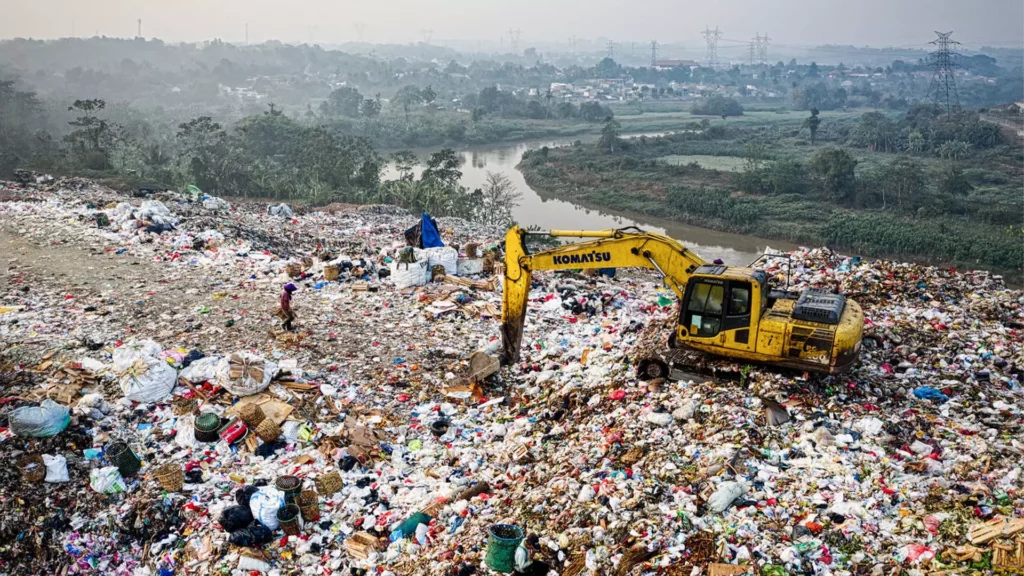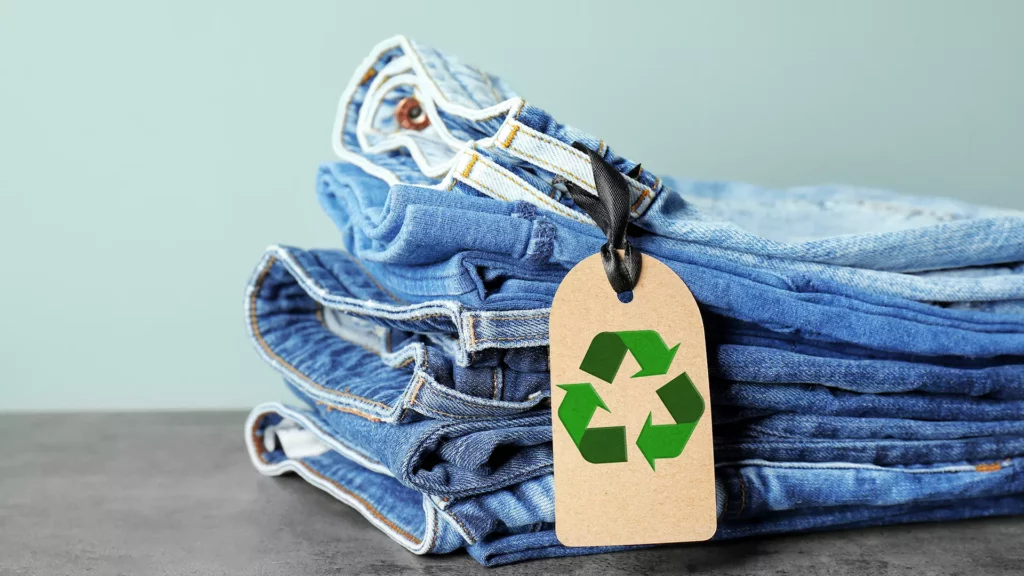These days, overbuying has become a lifestyle for some people. How many of your outfits are rarely worn? How many clothing items have been forgotten and ended up in the garbage? The cycle of buying and discarding clothing is becoming more and more prevalent in modern society. This wasteful tendency wreaks environmental havoc.

Serious Waste From Fast-Fashion Culture
The prevalence of fast-fashion culture stimulates consumers to keep buying. In the past, traditional clothing brands released clothing items for each season, but now the same brand retailers may release up to 52 seasons a year instead of four. In other words, new collections are released every week. With the help of massive marketing campaigns, people are urged to replace clothes more frequently. More than 100 billion pieces of clothing are bought worldwide each year, and a staggering 85 percent of them end up being discarded. Every year, up to 92 million tons of fashion waste is produced worldwide, which is the equivalent of dumping a truckload of clothes every second.


Old Clothes Are Buried or Incinerated
Discarded clothes end up in landfills or waste-incineration plants. In the case of landfills, the degradation process may take several months or even centuries, depending on the material. For example, polyester, a common clothing material, can take up to 200 years to degrade. Meanwhile, landfill sites occupy vast land areas while toxic chemicals such as clothing dyes can penetrate soil and groundwater, causing serious pollution. When clothes are being incinerated, toxic substances are released into the air and can cause serious damage to our health and environment. The large amount of carbon dioxide released during incineration also speeds up the rate of global warming.

我們能做些什麼?
When it comes to waste production, the fashion industry sits in second place behind the petrochemicals industry. If we continue living the way we are, while also anticipating an increase in world population, 130 million tons of fashion waste are expected to be produced annually by 2030. Realizing how increasing waste production could further deplete the planet’s resources, many fashion brands have ventured into researching and developing sustainable fabrics. However, a more effective approach would be for consumers like us to change our overbuying habits. Instead, buy less, buy better and wear longer. Don’t buy clothes based on low prices or throw them away because they are considered outdated or are slightly damaged. We should show affection to our belongings just as we would to the people we love.
